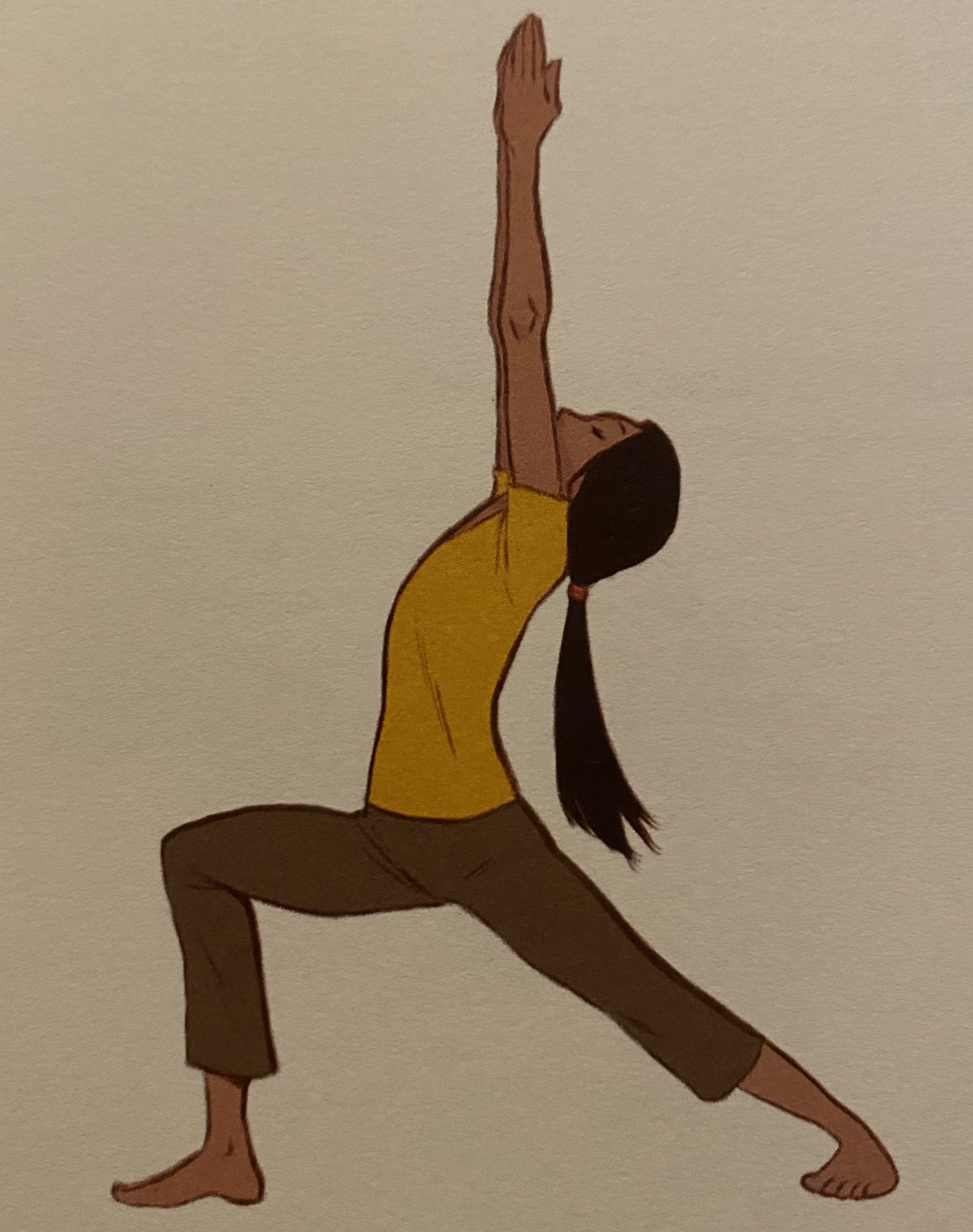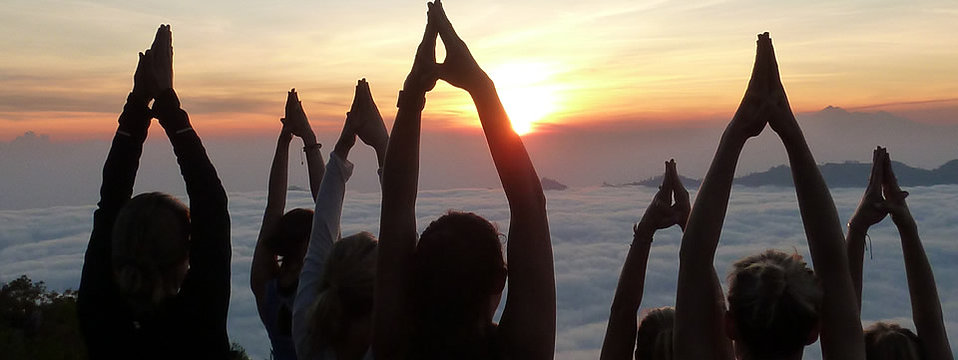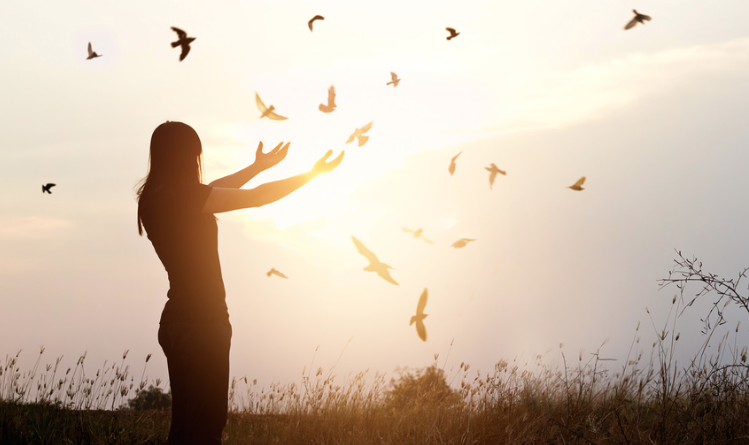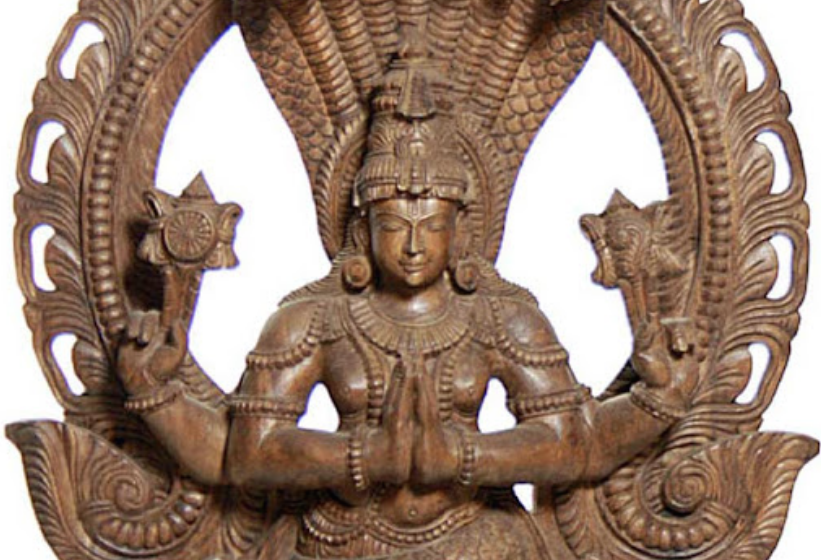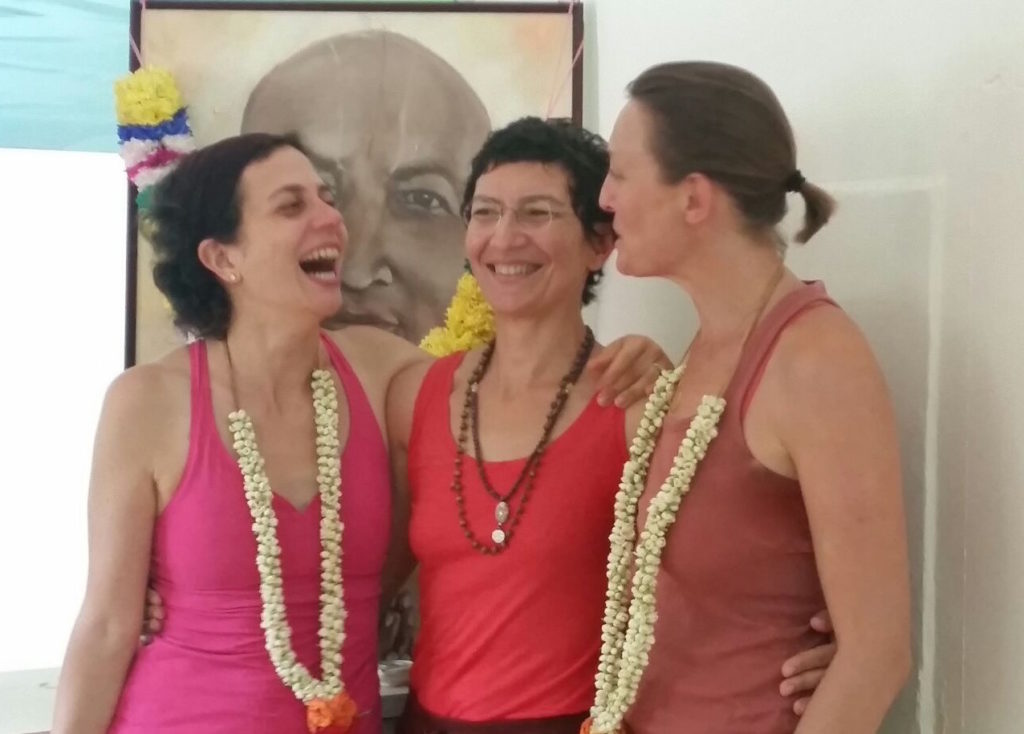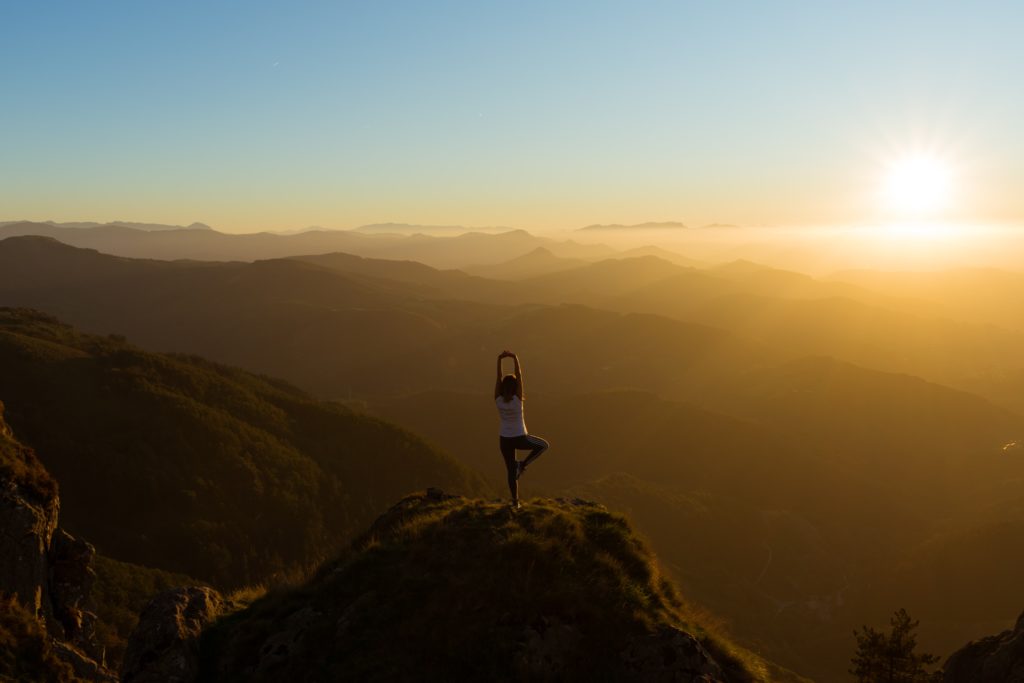Cultivate inner-strength and self-confidence with Yoga
February 15, 2021śraddhā virya smrti samādhi prajña pūrvaka itaresām
Patañjali yoga-sūtra I.20
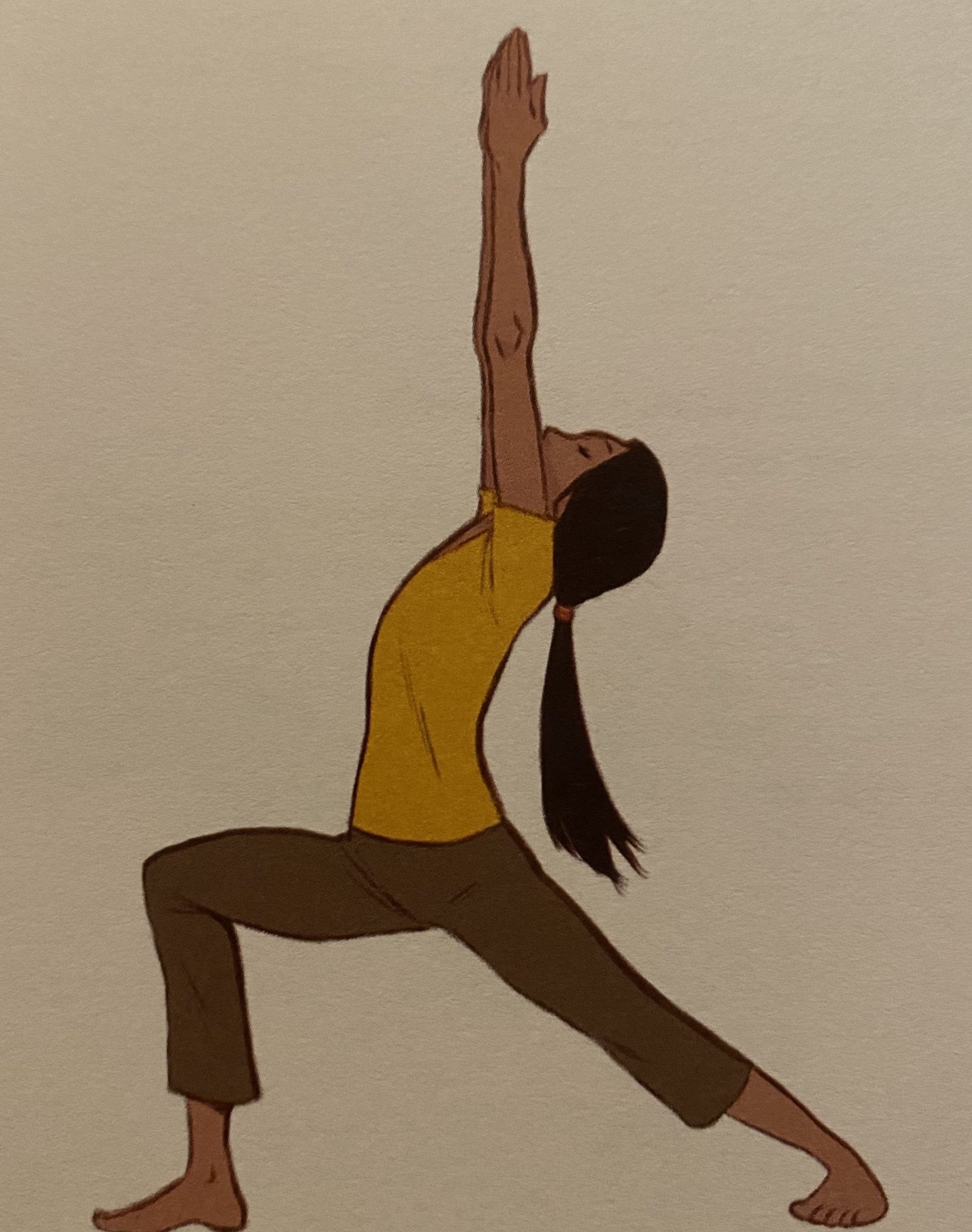
From Patanjali’s standpoint, śraddha is the building block, the cornerstone for everything else
śraddha, confidence, faith, fidelity in one’s commitment. Self Confidence, and also confidence in life, in the world around us, in nature, the confidence to be on your path.
From Patanjali’s point of view, śraddha is really the cornerstone for everything else to be. All the other principles, concepts that Patanjali evokes in the yoga-sutras (to ultimately raise consciousness), are based on śraddha as the founding principle. We cannot evolve on a virtuous path, we cannot elevate ourselves, we cannot rise our consciousness if śraddha is not in place, is not well established. śraddha is the pillar, the structure, the necessary foundations.
The Taittiriya Upanisat thus speaks of five layers of the human self: the pañcamaya.
Anna Maya – the level of the body, we consider diet and exercise. This level is said to be the easiest to change!
Prana Maya – the level of the breath, or our energy/life force.
Mano Maya – the level of the mind
Vijnana Maya – the personality
Ananda Maya – the spirit
It gives another reading of the human body and mind. In this model or approach, the human body and mind is represented by a bird and śraddha is the head of that bird, the one that gives direction / drive.
From the point of view of the chakras, śraddha will be associated with the 1st chakra, mūlādhāra chakra: the anchor, the roots, the sources. And from the point of view of Ayurveda, śraddha can be related to the earth element, to “Kapha” dosha. There again, the nourishing earth, the pillar, the structure which allows everything else to grow, to develop harmoniously.
Yoga and transformation
Yoga offers us a whole panoply of tools to cultivate grounding and inner strength (śraddha): postures of course, but also prānāyāmas, the use of specific mantras and visualisations.
For some of us, “the gifted”, śraddha is well in place. For others, cultivating śraddha will be a daily and lifelong job. We are not equal as Patañjali expresses clearly in the yoga-sutras. Indeed he explains that the life path of the “gifted” students endowed with innate śraddha will quickly be oriented towards the practice of meditation and may aspire to samadhi. For the “normal” Yoga practitioner, the path will be different and will be to first install or nurture śraddha, while practicing with commitment and detachment. Read more.
Professor Krishnamacharya (1888-1989)
He was one of the most influential yoga masters of modern time. Over the course of his long life he shared his knowledge of Yoga as a holistic healing discipline with thousands in his own country and with many others who came to study with him from Europe and America. The yoga-sūtra of Patanjali constitutes one of the pillars of his teachings. Read More.
The teachings of Patañjali yoga sūtra
Yoga tradition holds the Yoga Sūtra of Patañjali (YS) to be the foundational texts of classical Yoga philosophy. Describing and analysing in depth the human mind/psyche, it offers to reflect on the human condition and the options we have on hands to reduce suffering. There is no doubt the Yoga Sūtra of Patañjali (YS) has withstood the test of time and is as relevant today as it was a millennia ago.
Patañjali & you in 2021?
For that reason I am thrilled to pass it on to my students. Throughout the 1st quarter 2021, I will be highlighting a selection of key sūtras in my yoga & Meditation classes, mingling physical and breath practice to Yoga Philosophy (classes schedules click HERE) Classes available at Lisbon Studio Urbanbliss Lisboa or online.
Celine Chambat
Yoga teacher in Lisbon & Therapist
Vous avez aimé cet article? Lisez aussi:
Cultivate detachment with Patañjali
Bibliography
